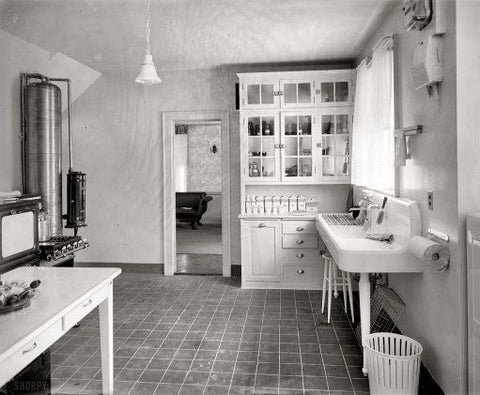Are you familiar with the slow design movement? Much more than just a trend, slow design is a philosophy whose values impact the creative process. Directly inspired by the slow food movement, slow design aims to promote expertise and tradition, valuing quality over quantity. It commends local sourcing as a means of reducing the ecological footprint and encouraging people to think before consuming.
Both the purpose and muse behind Coquo’s creations, slow design influences every aspect of its designs, from product durability to the timeless aesthetics. Immerse yourself in this way of life, which you’ll notice throughout our company!


The legacy of beauty
Thinking of sustainability inevitably leads us to concerns for the next generation. After all, who wants to give their children melamine furniture? The notion of timeless design is what product longevity is all about.
This is where the movement’s additional values come into play. In order to offer durability, it’s essential to rely on the traditional expertise and attention to detail of craftspeople. That’s what is needed to make quality furniture possible. And it's even better if you can trace the materials easily and verify their durability and quality.
For Brigitte Boulanger, co-founder and co-owner of Coquo, there is definitely something romantic about the concept of rethinking design to leave a legacy for her children.
"I have two CH25 lounge chairs by Hans Wegner (1950) at home. Not only do they look really nice in my living room, I also really love the idea of leaving them as a keepsake for my two daughters one day.”
If these pieces of furniture weren’t of exceptional quality, that wouldn’t be possible.
Drawing inspiration from the past
One of the lesser known aspects of slow design is looking to the past for modern-day solutions. The idea goes further than traditional production, to ultimately find inspiration in simplicity to adapt the design intuitively.
Need a concrete example? Coquo furniture has been designed to reproduce the movement and division of Victorian kitchen layouts.
A friendly space, this period kitchen contained different work blocks where each area was meant for a specific task. Equipped with a large solid-wood table, the kitchen often had a multitude of random pieces of furniture that weren’t intended to follow any established order but that could be moved and adapted as needed.
“The furnishings were freestanding and mobile, and included sturdy tables, storage cabinets, open shelves and hooks on the wall. This created a charming look, with a very personal layout that varied from one kitchen to another. It was just what I was looking for and served as my inspiration when I launched Coquo!” — Brigitte Boulanger, co-owner of Coquo.
Besides its joyful, chaotic mix, it was mainly the flexibility of the layout and the ability to adapt the workspaces to make them ergonomic that Brigitte appreciated. That was all it took for the Coquo freestanding modular kitchen to come to life!
People-centered design
To follow the precepts of a more conscientious design, we cannot ignore the core element of all major philosophical movements: the human being. Slow design is no exception: after all, design is directly related to the desire to create a flexible environment that promotes a deep sense of well-being to those who live there.
Brigitte and her team built Coquo while taking into account the rapid cycle of trends and their generalization, creating a timeless design that can still evolve over the years.
“We no longer create a design based on needs or local culture, but rather according to what we consider our influences. With Coquo, we wanted to offer consumers the possibility to become their own designer and satisfy their desire to create.”
Coquo furniture can be “recycled” in other rooms of the house or be used differently in the kitchen; in short, they can adapt to your needs. They are designed to meet the modern customer’s requirements while offering unequaled ergonomics and quality.


